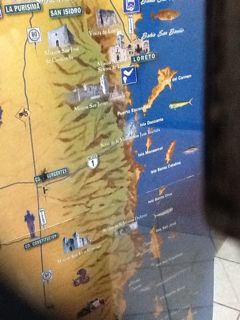
Loreto!
| 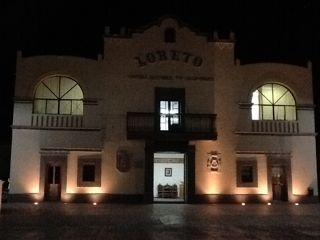
-
| 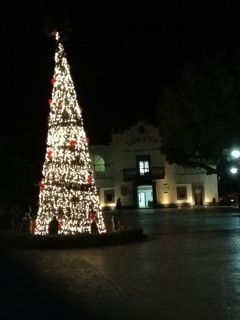
-
|
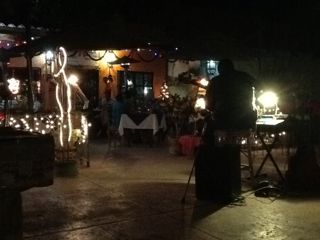
-
| 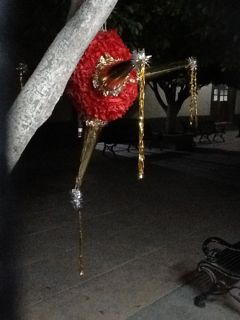
-
| 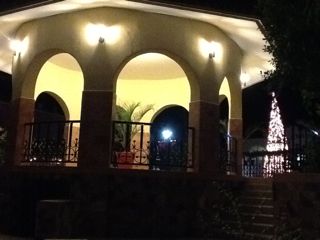
-
|
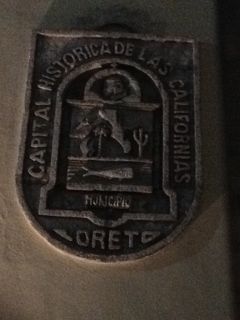
-
| 
-
| 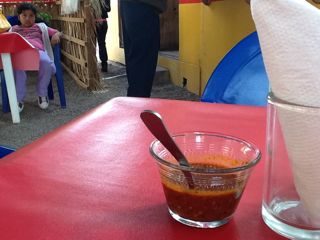
-
|
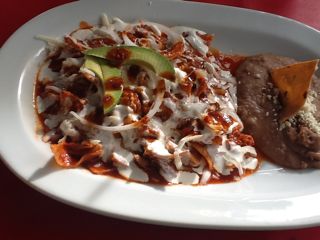
Chilaquiles y pollo
| 
-
| 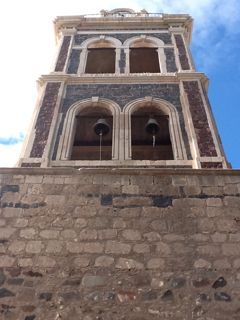
-
|
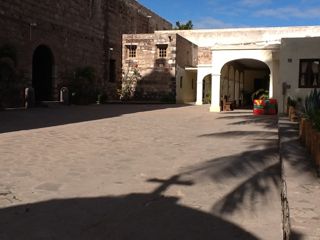
-
| 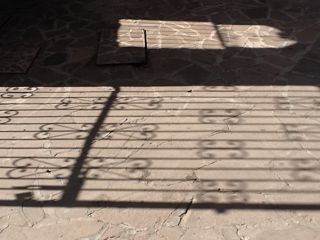
-
| 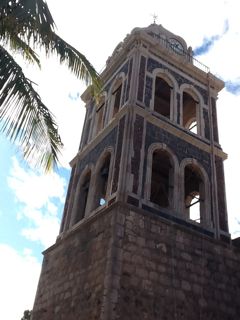
-
|
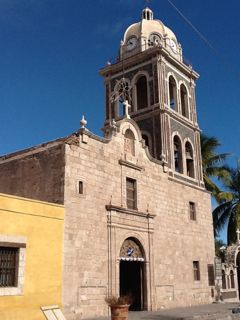
The Loreto mission was the first of all the missions of the Californias.
| 
-
| 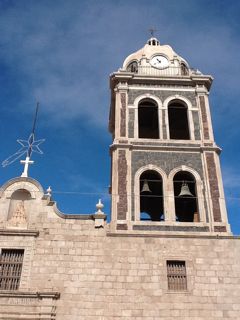
-
|

-
| 
On the way to visit San Javier, we stopped at a palm canyon to see cave paintings.
| 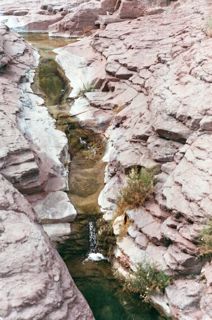
-
|
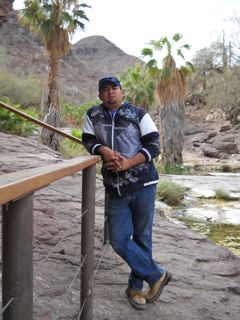
-
| 
-
| 
-
|
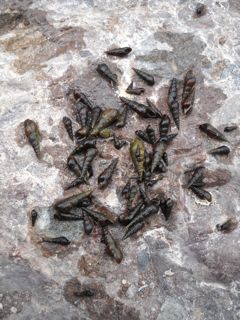
These abundant freshwater snails were tentatively identified as Juga sp. by Kevin Cumings.
| 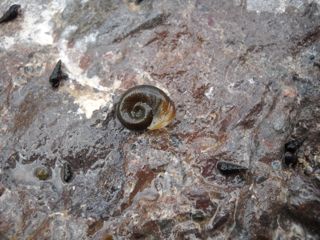
a planorbid freshwater snail
| 
Tentatively identified as Melanoides tuberculata by Kevin Cumings. This might be introduced if so.
|

-
| 
-
| 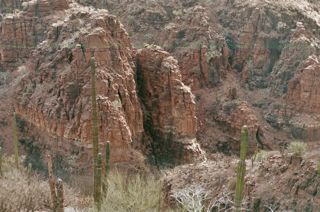
-
|

-
| 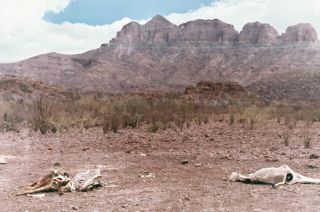
-
| 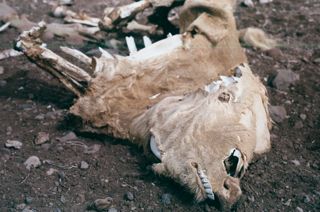
-
|
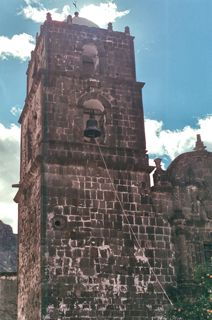
-
| 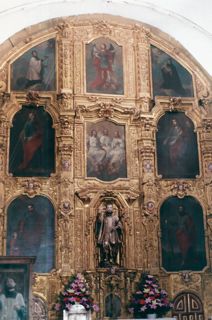
-
| 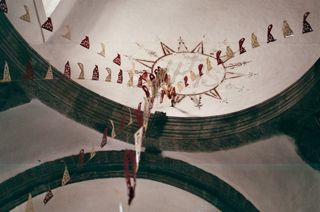
-
|
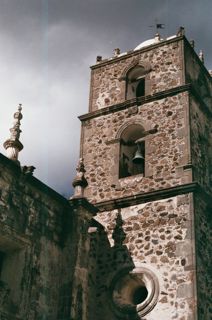
The mission at San Javier is the second oldest mission in the Californias; only Loreto's mission is older.
| 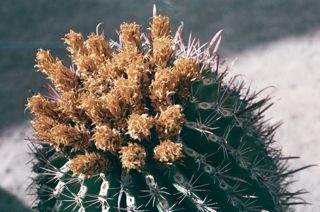
-
| 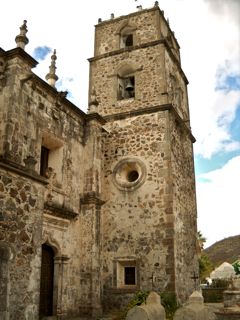
-
|
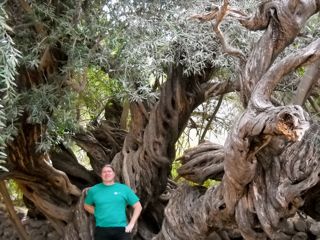
-
| 
This olive tree is apparently several hundred years old.
| 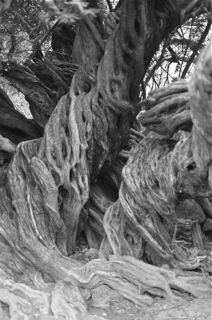
-
|
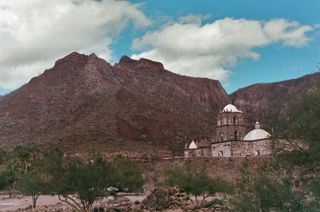
-
| 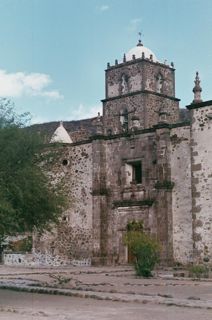
-
| 
For tequila?
|
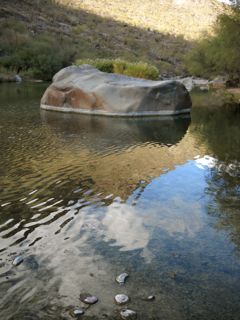
-
| 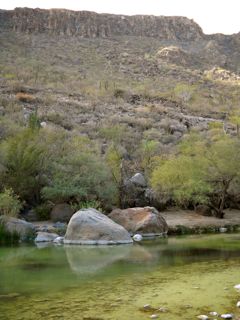
-
| 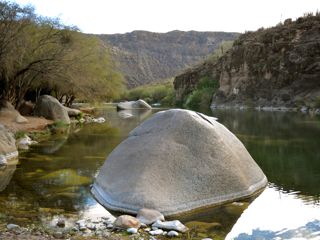
-
|
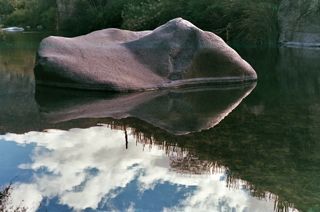
-
| 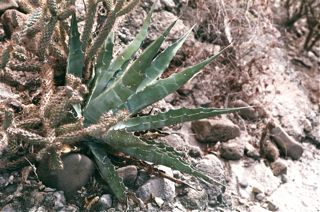
native agave
| 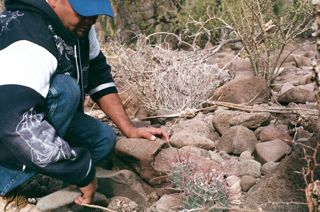
-
|

-
| 
-
| 
-
|
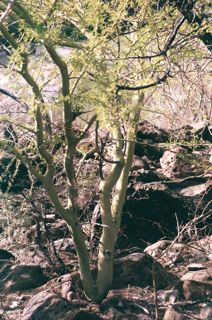
tentative: blue palo verde (Parkinsonia florida)
| 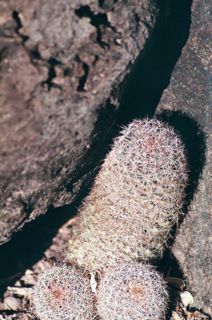
Cactus of the genus, Mammillaria
(see here)
| 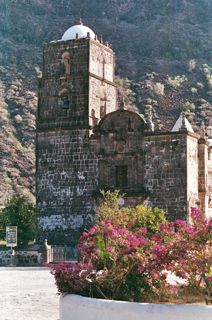
-
|
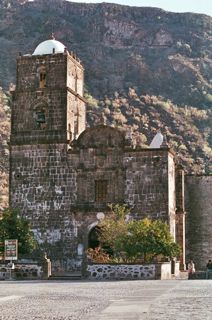
-
| 
-
| 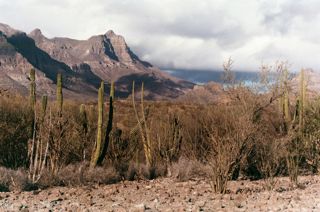
-
|
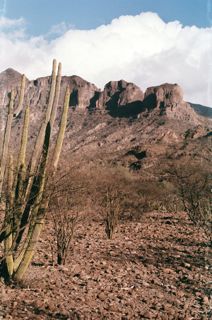
-
| 
-
| 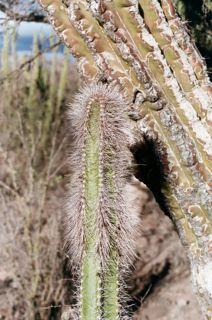
old man (Pachycerus schotti) and cardón (Pachycereus pringleicactus) cacti
|
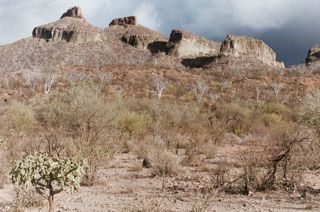
-
| 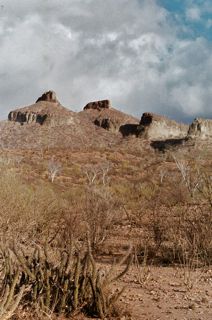
-
| 
-
|
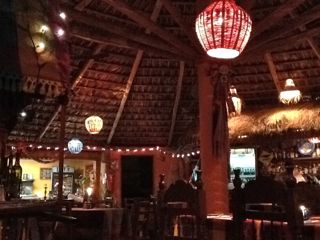
-
| 
-
| 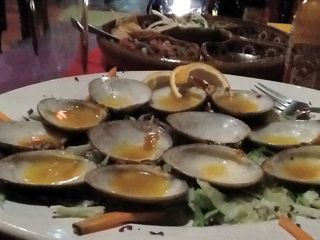
-
|

-
| 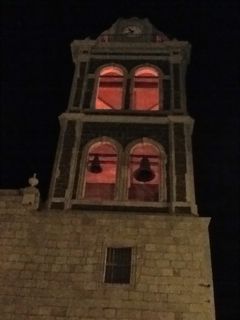
-
| 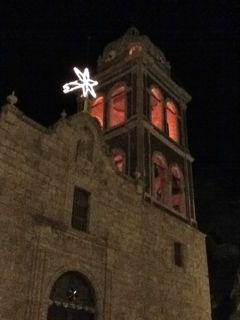
-
|

Chilaquiles y huevos
| 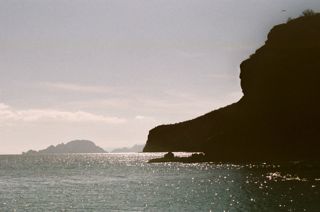
Nopolo
| 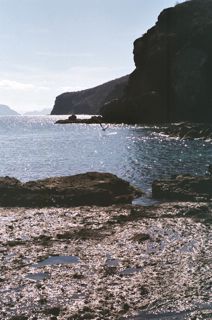
-
|
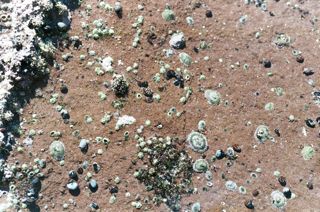
Siphon and true limpets
| 
-
| 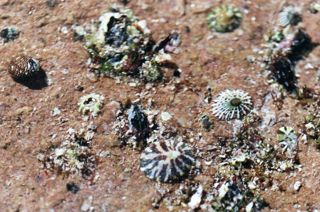
-
|
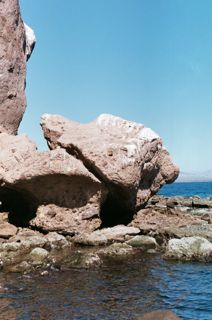
-
| 
-
| 
Callistochiton elenensis and Diodora inaequalis
|

-
| 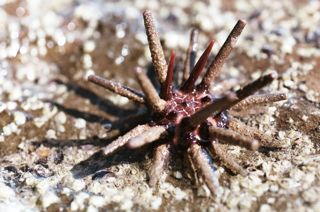
slate pencil urchin (Eucidaris thouarsii)
| 
black spiny brittlestar (Ophiocoma aethiops)
|
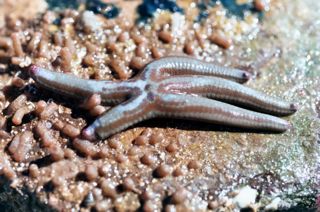
Phataria unifascialis (tan sea star)
| 
crowned sea urchin (Centrostephanus coronatus)
| 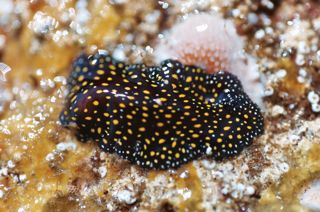
Pseudobiceros bajae (speckled flatworm) is a mimic of the toxic chromodorid sea slug, Hypselodoris ghiselini, named by Dr. Hans Bertsch for Dr. Michael Ghiselin.
|

another cool flatworm
| 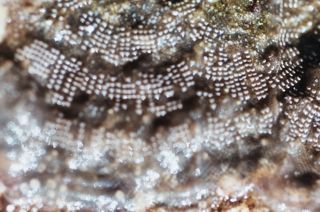
bryozoan?
| 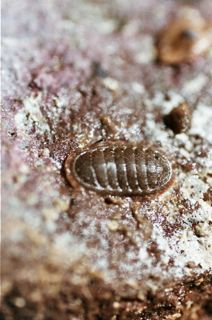
Ischnochiton tridentatus
|
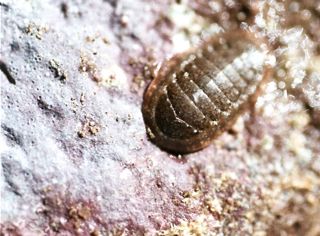
Nopolo
| 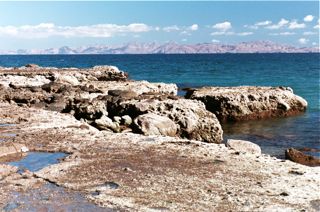
-
| 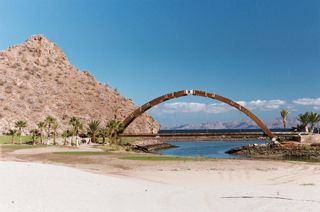
-
|

sandy spit in Loreto, later that afternoon
| 
malecón
| 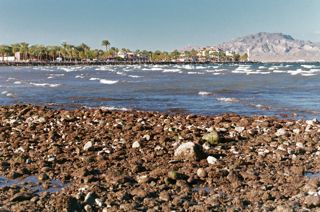
-
|

Tentative: Crucibulum spinosum
| 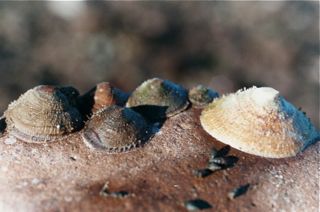
Tentative: Crucibulum spinosum
| 
green nemertean (unidentified)
|
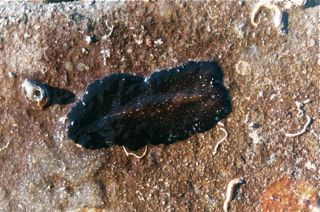
another flatworm
| 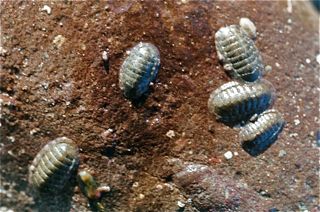
Ischnochiton tridentatus
| 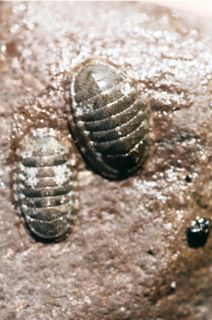
-
|

Crucibulum scutellatum
| 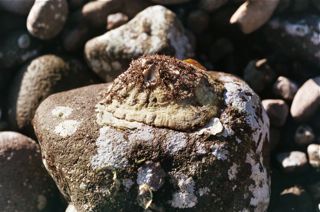
-
| 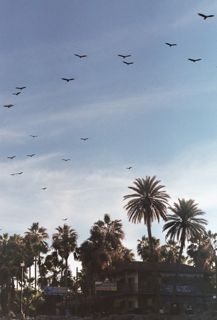
turkey vultures over the malecón
|

-
| 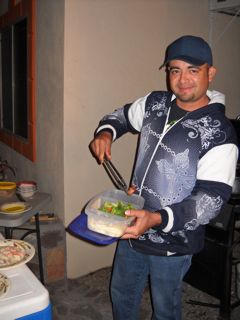
Ivan cooked us up a clam feast
| 
-
|

-
| 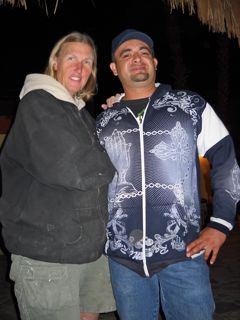
-
| 
-
|
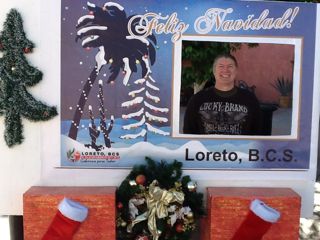
-
| 
Dressed up for Christmas morning
| 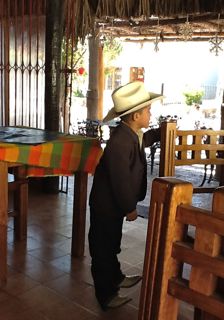
-
|

-
| 
-
| 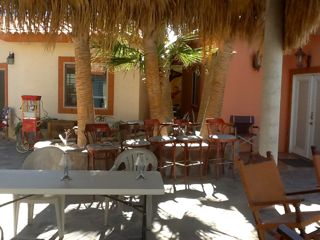
-
|
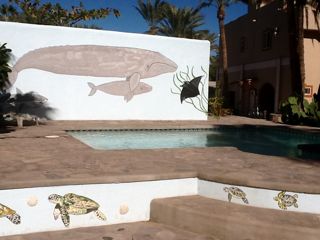
-
| 
-
| 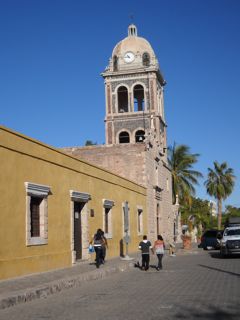
-
|

seasonal brew - very nice
| 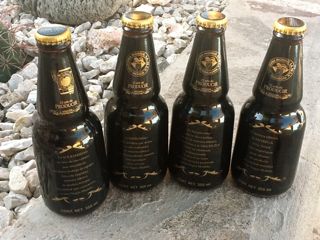
-
| 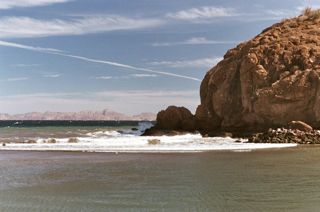
Nopolo had much bigger waves on my second visit.
|

-
| 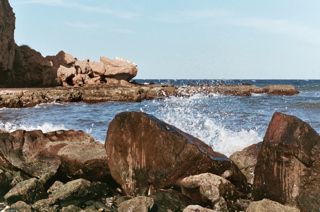
-
| 
-
|
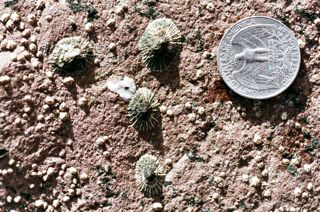
I am presenting a paper in less than a week on Gulf of California Siphonaria spp.
Together with colleagues at the American Museum of Natural History, we are studying the systematics and phylogenetic relationships of these siphon limpets from Panama to southern California.
| 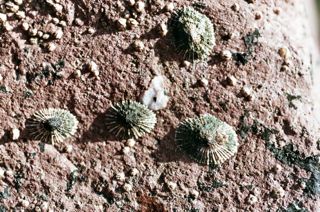
-
| 
-
|
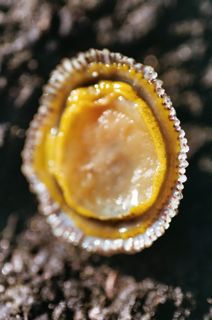
-
| 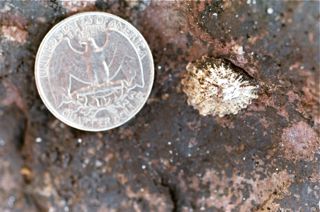
True limpet, Lottia acutapex
| 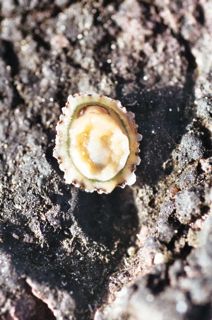
-
|

-
| 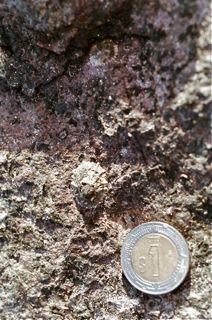
-
| 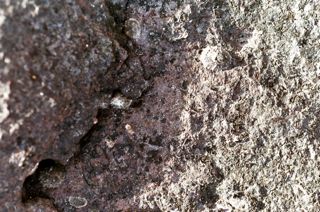
-
|
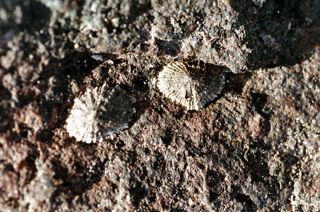
-
| 
-
| 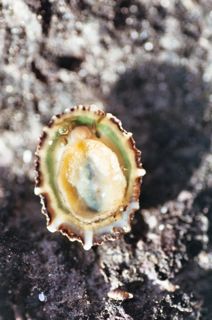
-
|
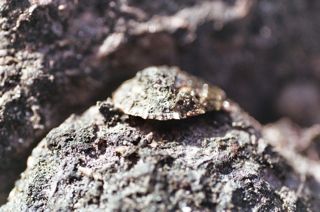
-
| 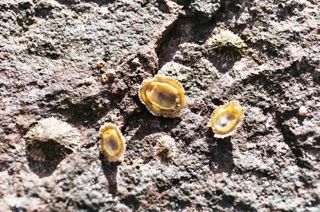
-
| 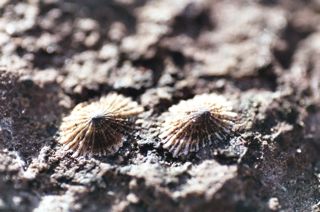
-
|
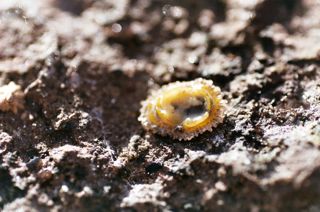
-
| 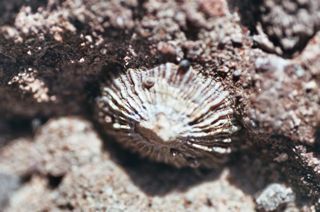
-
| 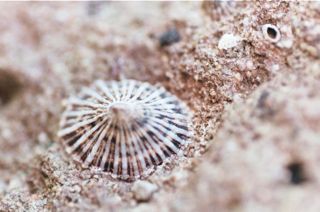
-
|
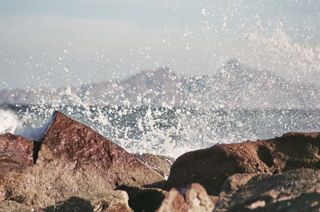
-
| 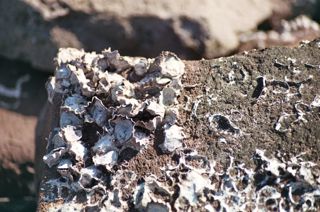
-
| 
Nopolo beach
|

-
| 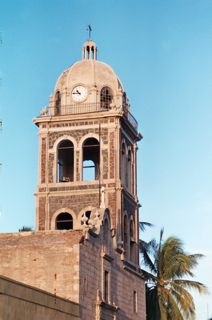
Loreto mission
| 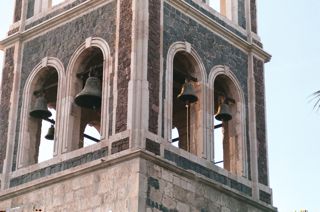
-
|

-
| 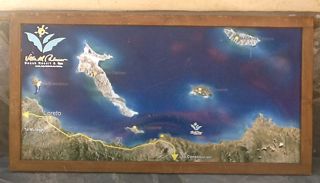
-
| 
Alberto runs the great El Caballo Blanco (�The White Horse�) Bookstore in town (Paseo Hidalgo #19).
|

I witnessed a palm tree fire, fortunately put out quickly as there were hundreds of others nearby.
| 
-
| 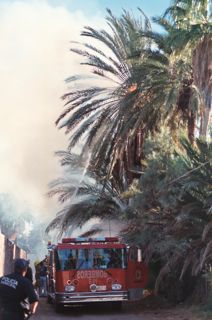
-
|

fish tacos! note the guy in red is well armed
| 
Loreto Marina
| 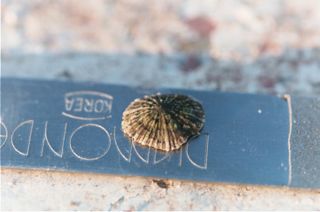
Siphonaria sp.
|

Siphonaria sp.: I noted the underside was not bright yellow like the ones on boulders at Nopolo.
| 
true limpet, Lottia strigatella
| 
-
|
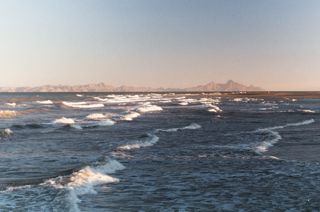
-
| 
back to the sandy/muddy spit at the south end of the malecón for a Christmas sunset
| 
-
|

-
| 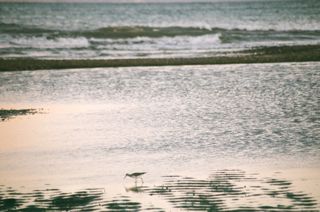
-
| 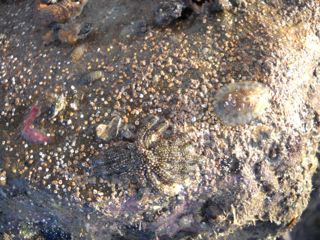
The next day I biked to north of town and explored a small spit at low tide. The keyhole limpet is Diodora diguieti,
which is similar to but apparently less common than D. inaequalis. This one has reddish brown spots on the mantle, a rounder aperature, and convex side slopes.
|
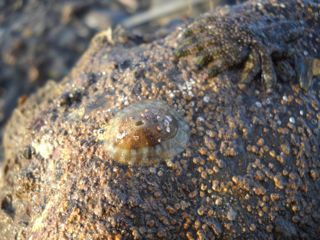
-
| 
-
| 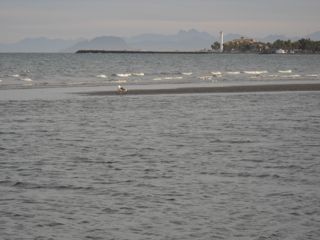
-
|

The huge (for a nemertean worm), Baseodiscus mexicanus, is one of my favorites --
I stretched it out to over 10 feet (> 3m) long before I put it back under the rock. When it contracts it is as thick as a pencil.
| 
-
| 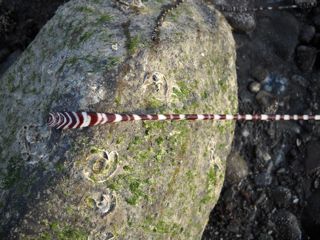
-
|

-
| 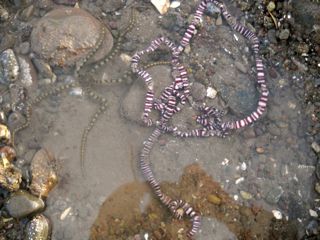
-
| 
Heliaster kubiniji, the Gulf sun star, was reported to be one of the most abundant intertidal invertebrates by Ed Ricketts in Steinbeck and Ricketts', Sea of Cortez (1941).
More recently, some have remarked that it is not at all common anymore, perhaps a result of sea star diseases that swept through the Gulf a couple of decades back.
I saw lots of quite small H. kubiniji under rocks in Loreto, so maybe they have recently had a successful recruitment event.
|

-
| 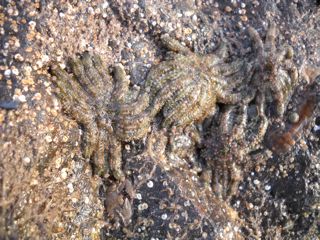
-
| 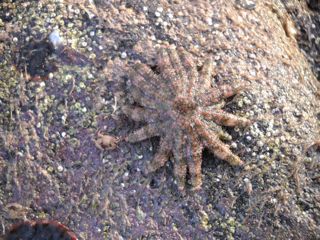
-
|

-
| 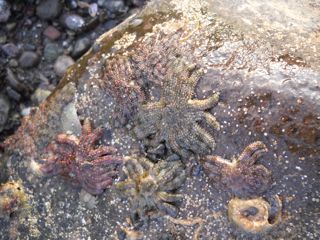
-
| 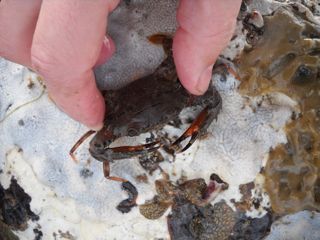
-
|
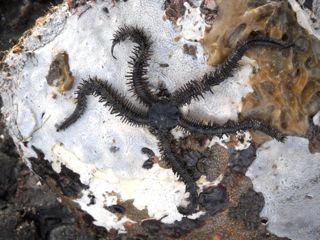
black spiny brittlestar (Ophiocoma aethiops)
| 
A juvenile Panamic deer cowrie (Macrocypraea cervinetta), which can get to 3 to 4 inches length, the largest cowrie in the Gulf.
Juveniles can lack the gray spots typical of most adults.
| 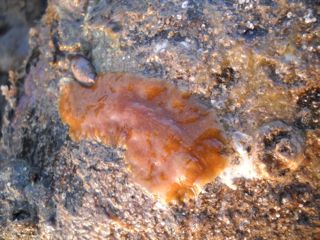
flatworm
|
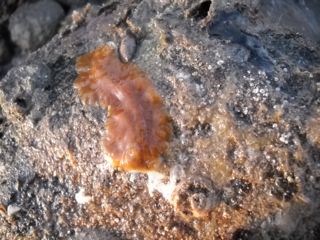
-
| 
-
| 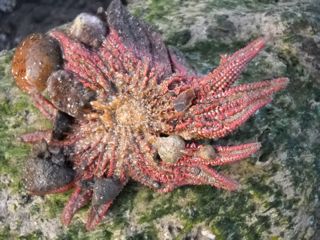
-
|
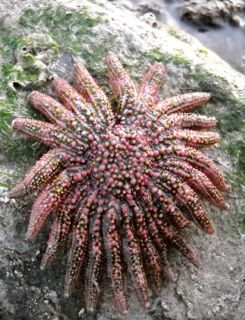
-
| 
-
| 
Keyhole limpet, Diodora alta (about 14 mm length)
|
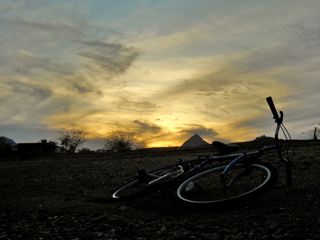
-
| 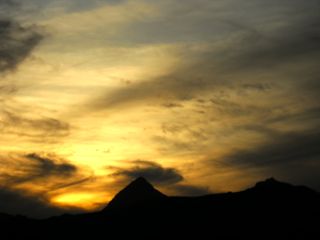
-
| 
-
|

-
| 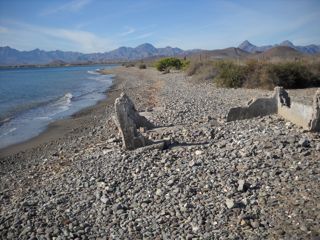
This was an old squid processing shed.
| 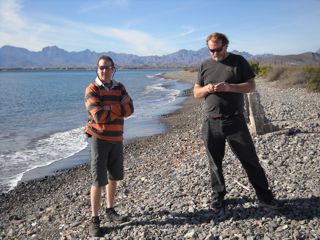
-
|
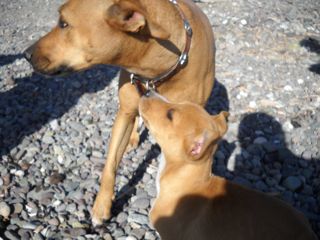
-
| 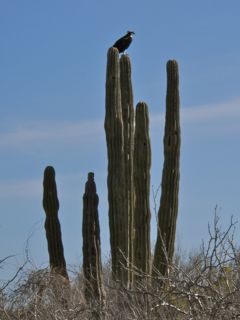
-
| 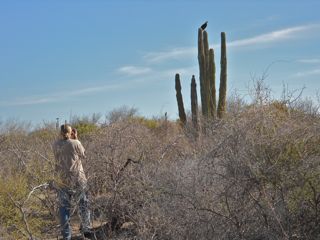
-
|
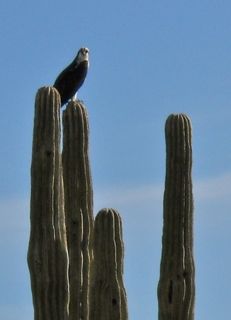
osprey (plus there were two others nearby)
| 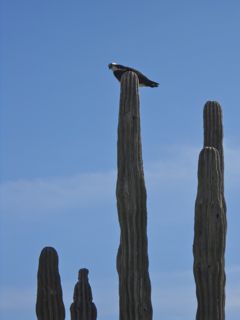
-
| 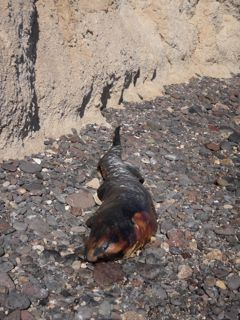
We went to a beach north of town to see what was reported to be a pygmy sperm whale (Kogia breviceps)
washed ashore. We found it, but
researching it back in California, it did not seem to fit either this species or the closely related dwarf sperm whale (Kogia sima).
Both of these are similar sperm whale species whose adults would be expected to be about the size of this stranded cetacean, about 8 feet long.
At the time, I guessed it was baby because of its few and small teeth, but this is not a calf of the much larger, better known, sperm whale because its calves are born at
about 13 feet long, almost twice as long as this one. Indeed, this cetacean seemed to have too few teeth to be any kind of a
sperm whale. I contacted tetraopod expert, Dr. Darren Naish, and he confirmed from my images that it is not Kogia. It is
likely instead a delphinid (oceanic dolphin belonging to Delphinidae), maybe Globicephala, but Dr. Naish will pursue its identification. I think it looks a bit like a
Risso's dolphin (Grampus griseus). See also: 1
- 2 - 3 -
4 and these images will soon be featured in Dr. Naish's Tetrapod Blog at Scientific American
|

-
| 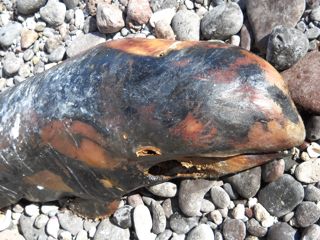
-
| 
Risso's dolphins have 2-7 teeth in their lower jaw and none in their upper jaw (see here).
|
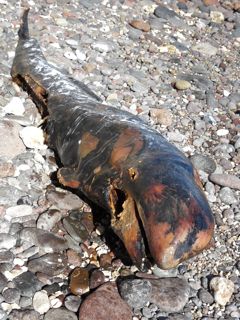
-
| 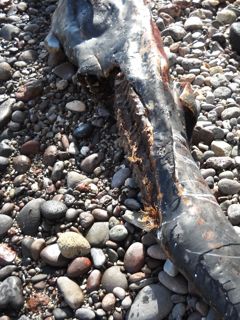
-
| 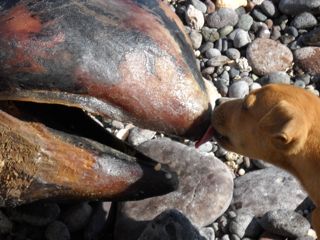
-
|

Lucy and a newly adopted stray puppy, I called Rudy, that my friend Liz picked up on Christmas.
| 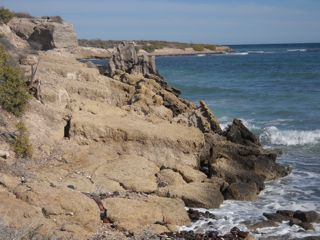
-
| 
We were on the mainland side of Isla Coronado, north of Loreto.
|

-
| 
-
| 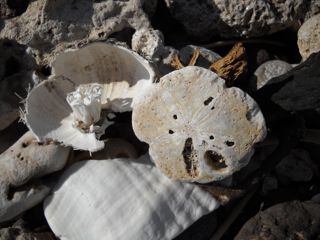
Pleistocene (?) fossil sand dollar
|
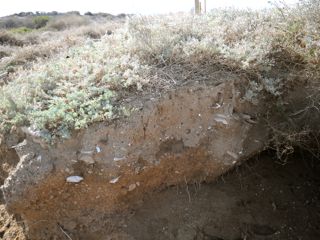
-
| 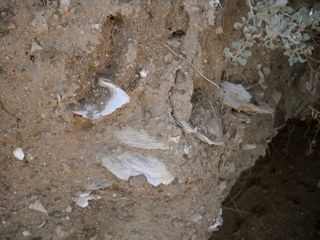
I assume these fossils are Pleistocene age, maybe about 100,000 years old.
| 
-
|

trigger fish...
| 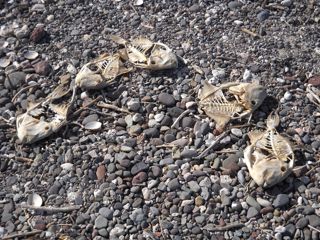
...apparently good to eat
| 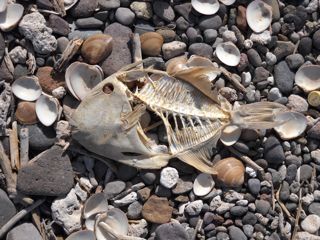
-
|
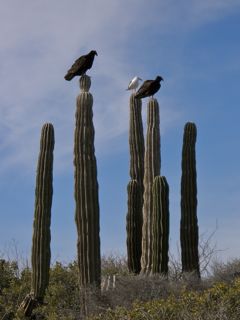
TVs and gull
| 
-
| 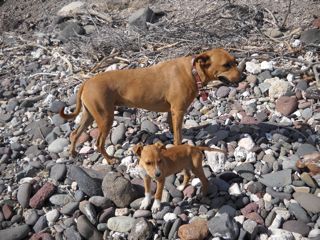
-
|

El Picazon (translates to something like "the itch") is a great restaurant out in what seemed to be the middle of the desert
| 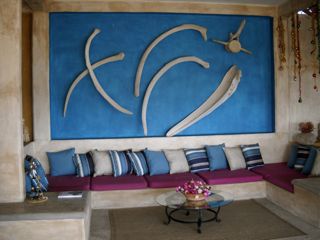
-
| 
-
|
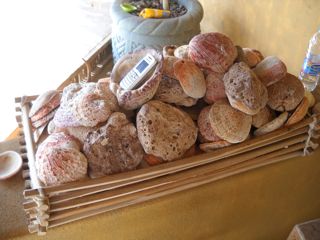
-
| 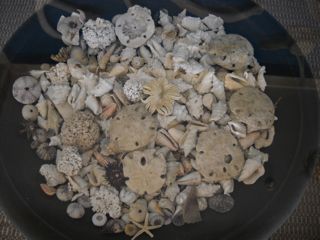
-
| 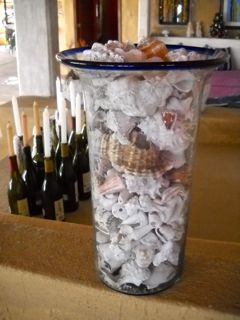
-
|

-
| 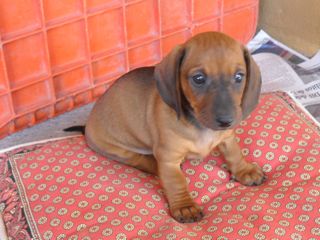
-
| 
-
|

-
| 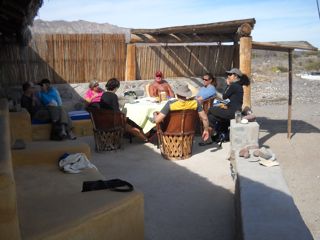
-
| 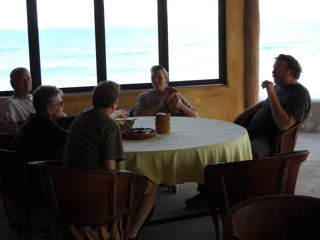
-
|
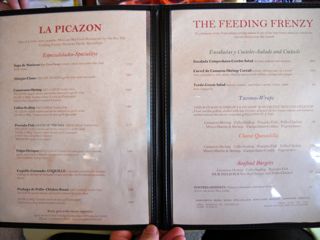
-
| 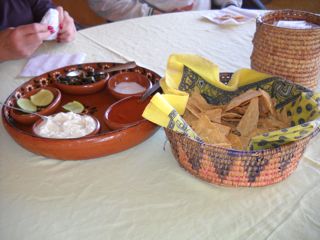
-
| 
Leaving Loreto at dusk. This is pretty much most of the town, with the marina on the upper left.
|
 Under Construction!
Under Construction! Under Construction!
Under Construction!